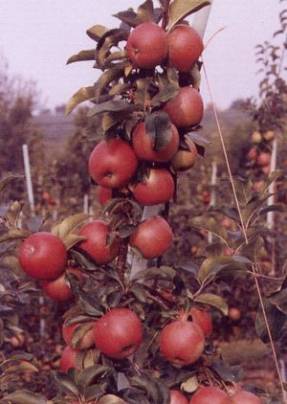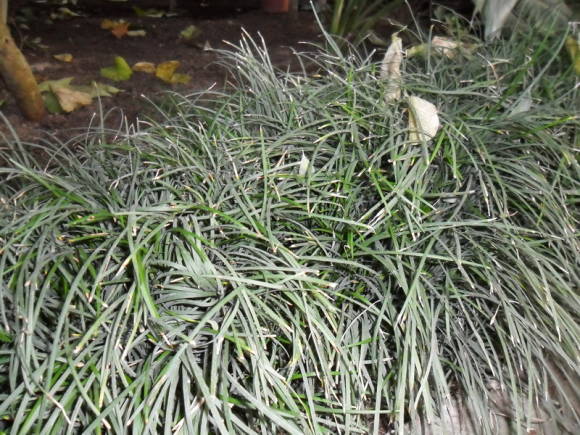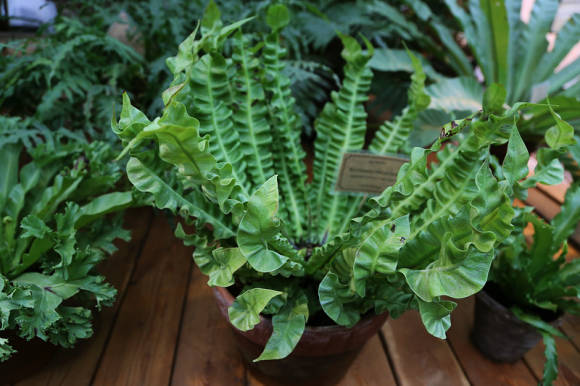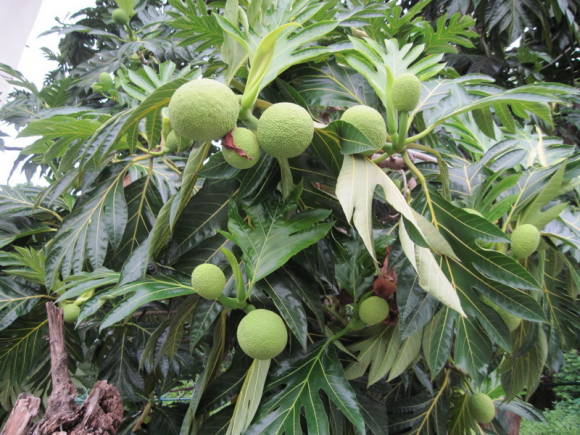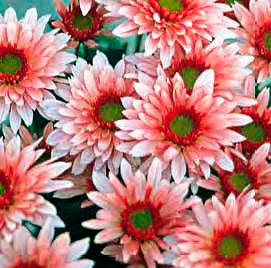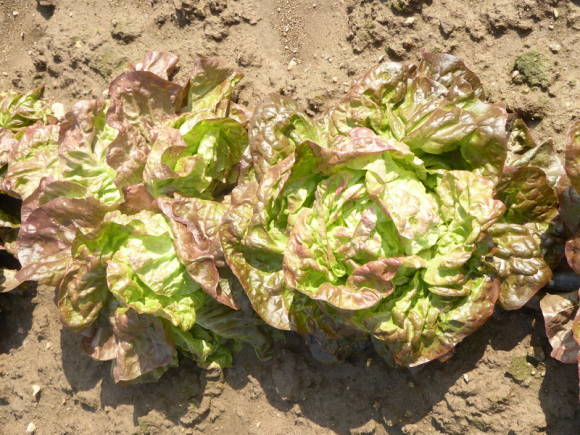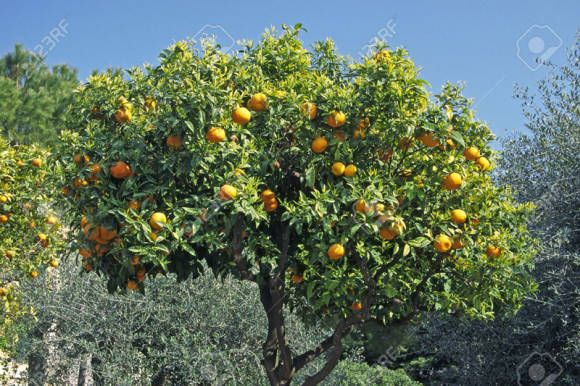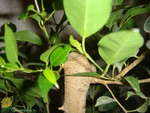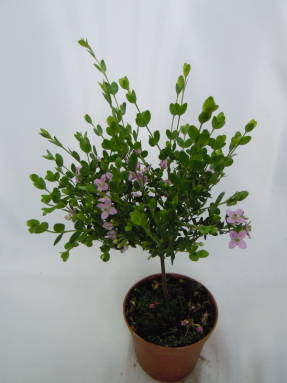 |
Until recently, aquilegia could be found in almost every garden, even the simplest ones - ordinary European aquilegia. Now, when more rare species are available, few of them have been grown. Plants that require regular renewal are leaving our gardens, and these are watersheds. They are juveniles, and if after 3-5 years they are not rejuvenated by division or cuttings, they gradually die. The dynamic time in which we live forces us to select more durable and low-maintenance plants.
A couple of decades ago, ordinary aquilegia could often be seen in settlements of the European part of Russia along fences, ditches, paths. But with the advent of lawn mowers, self-seeding began to be destroyed, and in its wild form, this plant also comes across less and less.
In English gardens, aquilegia is one of the most beloved plants. Not only European Columbines are grown, but also species from the American continent. They are often distinguished by unique colors, including yellow, orange-red, not found in species from Eurasia. Every year at the exhibition in Chelsea, England, a large stand is dedicated to aquilegia, demonstrating rare species and novelties of hybrid aquilegia. Let's take a closer look at some of them, and start with the common aquilegia, which also has varieties of extraordinary beauty.
Aquilegia ordinary (Aquilegia vulgaris) widespread in Central and Southern Europe, Scandinavia - on plains, meadows and forests, in the mountains up to an altitude of 2000 m. In the European part of Russia - up to the Volga, often in a feral form. Brought to North America. Grows on loamy, sometimes sandy soils in the sun and in partial shade.
A plant with bare or sparsely descended branched stems up to 70 cm high. The leaves are slightly bluish, lighter below, pubescent, twice trifoliate, of rounded-wedge-shaped leaves up to 5 cm long and 2 cm wide. Flowers on glandular pedicels, 4-5 cm in diameter, blue, with obtuse, slightly notched petals up to 3 cm long and 1 cm wide, with thick short hook-shaped spurs curved inward. Sepals up to 2.5 cm long, ovate or oval-lanceolate, prostrate, ciliate. Blooms in June-July.
It has forms with flowers of pink, dirty lilac, red, less often - white. Many varieties have been created, not only of a monochromatic color, but also of two-color, simple and terry, some of them are short-lived perennials that are grown in a biennial culture.
- Nivea syn. Munstead white - a profusely flowering variety up to 60 cm tall, with light green foliage and flowers up to 5 cm in diameter, from simple to double, pure white or greenish-white. Flowers are cut for a long time, up to 2 weeks.
- William guiness - up to 75 cm tall, with flowers 5 cm in diameter, with sepals and spurs of deep maroon-purple color and contrasting white petals.
 |  |
Particularly popular are terry spurless forms of aquilegia ordinary, star-shaped, or, as they are also called, stellate (Aquilegia vulgaris var. Stellata).
- Nora barlow Is an old variety dating back over 200 years. Up to 80 cm tall, with almost spherical double flowers 2-3 cm in diameter, consisting of narrow bright pink petals with greenish or white tips, similar to tiny dahlias. Named after the granddaughter of Charles Darwin, who raised it in her garden and transferred it to the Alan Bloom nursery.
- Blue barlow - with the same, but purple-blue pompom flowers.
- Rose barlow - with fluffy pale pink flowers.
 |  |
- Roundway chocolate - with pompom flowers of a chocolate-radish color.
 |
Alpine aquilegia (Aquilegia alpina) its name indicates the area of distribution. This species is a native of the Alps and Northern Apennines, growing at altitudes of 1500-2500 m above sea level, on the edges of forests, on rocks and mountain meadows.
Compact plant 30-45 cm tall, sometimes higher in gardens, grows 30 cm wide. Leafy stems bearing 2-3 flowers. The leaves are bluish-green, dvadratichnye, deeply divided into lobes.The flowers are large, 5-8 cm in diameter, blue or lilac, with short (1.5-2.5 cm), slightly curved spurs half the length of the petals. The stamens are not visible. Blooms in late June - early July.
It develops well in the sun and in partial shade, on sandy loams and loams with acidity from slightly acidic to slightly alkaline (5.6-7.5). Relatively drought-resistant. Winter hardiness up to -29 degrees. Used for mixborders, rocky gardens, retaining walls.
 |  |
- Hensol Harebell - an old American variety of 1900, up to 60 cm, with flowers of a light, but bright blue color, foliage with a purple tint.
Aquilegia dark (Aquilegia atrata) has the same range, but grows in mountain meadows up to 2000 m above sea level, often on calcareous soils.
The taller species, 20-60 (80) cm, is very similar to the common aquilegia, but the flowers are smaller and can be easily distinguished by the numerous yellow protruding stamens. The roots are thickened, large, vertical or oblique, with secondary roots. The leaves are green above, blue-green below, of three unequal leaflets, basal - on long petioles 10-30 cm long. In the inflorescence there are 3-10 flowers with a diameter of 3-5 cm. The flowers are red-violet, almost black, with short, 2.5 cm, hook-shaped curved spurs and protruding stamens. Blooms in late May - June. Grows best in partial shade. Winter hardiness up to -29 degrees.
It is probably one of the parent species used to produce black and white aquilegia such as William Guiness.
 |  |
Aquilegia canadian (Aquilegia canadensis) - grows in the forests of the Rocky Mountains of eastern North America. 15-90 cm high, has a vertical underground rhizome and fibrous roots. The stems are sometimes reddish. The leaves are dvazhdytrychatye, dark green, glaucous below, from wedge-shaped crenate smooth leaves. The flowers are drooping, up to 4.5 cm in diameter, with red, yellowish, oblong-oval sepals inside and a yellow-orange corolla turning into long straight red spurs. Numerous stamens protrude from the corolla. Blooms from late May for a month.
It grows best on light soils with a pH of 6.1-7.5, in partial shade, although shade and a sunny place are suitable. Very hardy, up to -39 degrees.
It has several varieties, including shorter ones or differing in yellow and pink flowers.
Aquilegia golden-flowered (Aquilegia chrysantha) spreads its range along the Pacific coast in the southern United States from Utah to Texas and to northwestern Mexico. It grows in damp places in gorges and ravines, in the mountains up to an altitude of 1000-3500 m.
Stems from 30 to 90-120 cm high. The leaves are bluish-green, compound, of 2-3 small lobed or serrated leaves up to 4 cm long, on petioles up to 20 cm long. Flowers up to 7.5 cm in diameter, with a yellow corolla and light yellow sepals, with long thin straight spurs diverging to the sides, the length of which can be from 4 to 10 cm. The flowers are not drooping, with protruding stamens. Abundant flowering in June-July, more than a month.
Grows well in the sun and in partial shade on sandy, loamy and clay soils.
It has quite a few varieties - of different heights, sizes and flower shades, with white simple or double flowers.
 |  |
Skinner's Aquilegia (Aquilegia skinneri) - view from the mountainous regions of Northern Mexico, the Pacific coast of southern North America (New Mexico). Named after the British botanist George Jura Skinner (1804 - 1867), who collected orchids in Guatemala for 35 years and discovered more than 100 new plant species.
The plant is up to 60-80 cm high, with petiolate double-triple gray-green leaves 30-40 cm long, drooping flowers up to 4 cm in diameter, with red-orange sepals, long straight red spurs and golden yellow petals. Blooms in July-August.
It grows well on humus-rich sandy loam, loamy and sandy soils with a pH of 6.1-7.8, in the sun and in partial shade.
The species is not very winter-hardy, up to -12 degrees. But we have a winter-hardy variety with shelter Tequila sunrise - with larger, up to 5 cm in diameter, bright red or copper-red sepals and golden-yellow corolla.
Maybe you will again want to decorate flower beds with delicate openwork foliage and graceful aquilegia flowers? After all, they are all extraordinary!
Photo by the author
